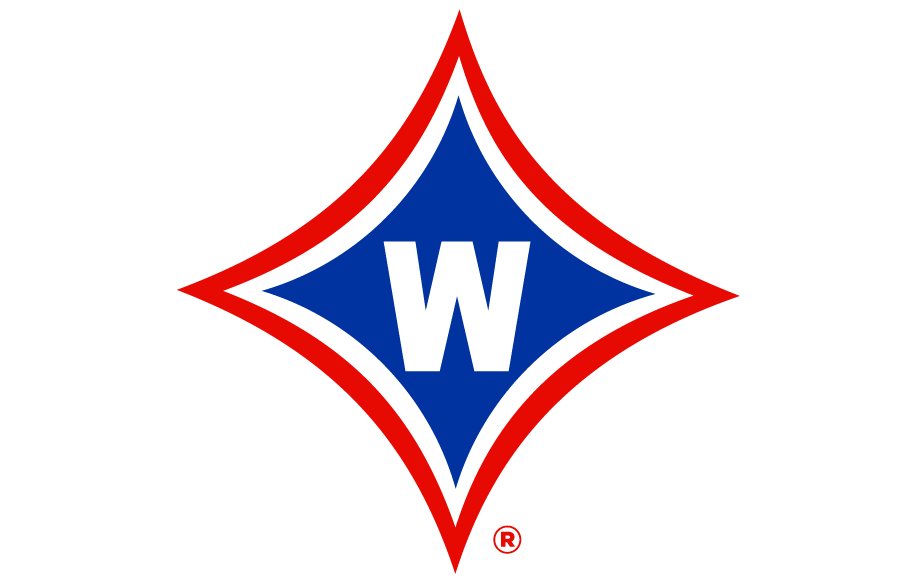Engineering Courses
Introduction to Engineering
Course Description: Introduction to Engineering Design (IED) is a high school engineering course in the PLTW Engineering Program. In IED, students explore engineering tools and apply a common approach to the solution of engineering problems, an engineering design process. Utilizing project-based learning, students progress from completing structured activities to solving open-ended projects and problems that require them to plan, document, communicate, and develop other professional skills.
Students will learn engineering-related skills such as technical sketching, modeling in CAD (Fusion 360), reverse engineering, additive and subtractive manufacturing (3d-printer & laser cutter). In addition, students will learn engineering processes and information such as the Engineering and Design Process, creating a design brief, and the design elements and principles. For more info, check out the videos and pictures to the right featuring a tour of the room and some sample student work!
Intro to Engineering: What we do & Technology Tour
FAQ's:
- Is this an Honor's Course?
- Yes, and while the course is rigorous, it is formatted such that students of all levels can take the course and be successful. Students do receive a 0.5 Honors credit on their GPA for taking the course!
- More questions to come following rising 8th Grader Night!
Principles of Engineering
Course Description: This survey course explores many engineering disciplines including mechanical, electrical, environmental, and computer engineering. Some specific topics explored include mechanisms, electricity, energy, statics, materials, fluids, and control systems. Using activities, projects, and problem-solving techniques, students learn first-hand how engineers and technicians use math, science, and technology in a group-focused engineering problem-solving process to benefit people. Students continue mastery of engineering documentation.
FAQ's:
- Is this an Honor's Course?
- Yes, and while the course is rigorous, it is formatted such that students of all levels can take the course and be successful. Students do receive a 0.5 Honors credit on their GPA for taking the course!
- More questions to come following rising 8th Grader Night!
Aerospace Engineering
Course Description: Aerospace Engineering is one of the two 3rd year courses offered in the Engineering Pathway. It is offered in even school years (ex. 21-22 school year) and can be taken during Junior or Senior year. Aerospace Engineering is a year-long, honors course in the Project Lead the Way Curriculum. Aerospace Engineering ignites students’ learning in the fundamentals of atmospheric and space flight. Aerospace Engineering is one of the specialization courses in the PLTW Engineering program. The course deepens the skills and knowledge of an engineering student within the context of atmospheric and space flight. Students explore the fundamentals of flight in air and space as they bring the concepts to life by designing and testing components related to flight such as an airfoil, propulsion system, and a rocket. They learn orbital mechanics concepts and apply these by creating models using industry-standard software. They also apply aerospace concepts to alternative applications such as a wind turbine and parachute. Students simulate a progression of operations to explore a planet, including creating a map of the terrain with a model satellite and using the map to execute a mission using an autonomous robot.
FAQ's:
- Is this an Honor's Course?
- Yes, and while the course is rigorous, it is formatted such that students of all levels can take the course and be successful. Students do receive a 0.5 Honors credit on their GPA for taking the course!
- More questions to come following rising 8th Grader Night!
Digital Electronics
Course Description: Digital Electronics is one of the two 3rd year courses offered in the Engineering Pathway. It is offered in odd school years (ex. 22-23 school year) and can be taken during Junior or Senior year. Digital Electronics is a year-long, honors course in the Project Lead the Way Curriculum. This course in applied logic encompasses the application and construction of electronic circuits and devices. Students explore the 1’s and 0’s behind basic computer logic by using the circuit design process to create truth tables, implement basic logic gates, and use industry standard simulation software to design, test, and build digital circuitry.
For more info, check out the videos and pictures below!
Digital Electronics: What we do!
FAQ's:
- Is this an Honor's Course?
- Yes, and while the course is rigorous, it is formatted such that students of all levels can take the course and be successful. Students do receive a 0.5 Honors credit on their GPA for taking the course!
- More questions to come following rising 8th Grader Night!
Engineering End of Pathway Exam
The Walton Engineering Pathway encompasses three or more years of Honors Engineering courses in the following sequence: Intro to Engineering, Principles of Engineering, Aerospace Engineering, and/or Digital Electronics. The third level course will alternate between Digital Electronics on odd graduation years and Aerospace Engineering on even graduation years. Throughout these courses, students will learn about the Engineering and Design Process and how it applies to the various disciplines of Engineering. Students learn through team-oriented project-based learning using industry-level software and equipment. Upon completion of three years of Engineering courses, students will have the option of taking the End of Pathway Exam. This exam is created by NOCTI.org, a nationally recognized organization focused on preparing students for the professional workforce. Students successfully passing the End of Pathway Exam will be recognized with a seal on their diploma acknowledging completion of the pathway.
Please note: At this time, students must complete the Aerospace Engineering course in order to take the End of Pathway Exam.

